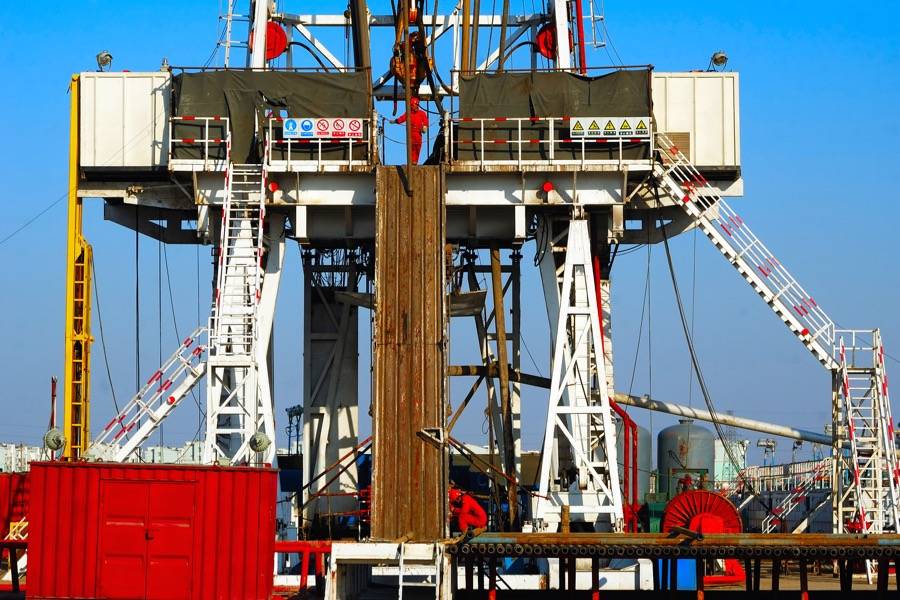Bending Stress in Tubulars - Audit
NOTICE: Our Mathcad database got attacked and infected with a virus. Unfortunately, we've had to shut it down until further notice.
You can safely browse the pages, as the Mathcad server was separate to this main website, and was only accessible here. (We used something called an iFrame, which is like a window into a different website).
UPDATE 28th of January 2020: the virus happened just over a week ago. We've temporarily cut and pasted the text parts of the Mathcad pages rather than having blank pages there.
UPDATE 3rd of February 2020: We've been unable to recover the Mathcad worksheets and offer them in a format that provided total security to users. They were published a decade ago, and our IT people say that they would need a complete re-creation with the latest code and security fixes.
APPEAL: These 44 pages were created, and offered as a free resource for over a decade. We know from our website analytics that more than 1000 users visited each month. If only half of these regular visitors donated $20, we would have enough to create an even better solution. As you know, time is money, have these Mathcad pages saved you $20 in time over the years? We expect that they have, not to mention the learning opportunities provided to new engineers entering the industry.
Please, donate at least $20 as a one-off payment, to bring back the drillers Mathcad back as an always free to use resource!
YES! I've gotten value from the drillers Mathcad in the past, and a $20 is a very affordable way of saying thanks. I also want to preserve this tool for future engineers.
NO! I can't or won't donate to the restoration fund. I'm happy to spend a few minutes to offer a testimonial to help encourage the effort. These worksheets do have value. Offer Feedback.
Bending Stress, release 3, issued 23 Jan 2009. AUDIT version.
This worksheet calculates combined stress in a tube resulting from bending stress and axial stress. For example, a conductor pipe cemented in place has a TOC some distance below the BOP. The top of the conductor can move laterally because of the low top of cement. How much stress does this put on the pipe at the TOC? Could fatigue be a problem? With a subsea BOP, the riser tensioners normally keep the axial force neutral point at the connector between BOP and LMRP – so the weight of the BOP will reduce the axial force and therefore stress in the pipe (make it less tensile / more compressive).
User input
-60000 |
kgflbfNkN |
Net axial forces at the point of interest, eg arising from BOP weight (compressive is -ve). Fa =
80 |
feetmetres |
Distance from TOC to the point where lateral movement is constrained. Lcs =
30 |
inchesmm |
Casing OD. L_Dcs =
28 |
inchesmm |
Casing ID. L_dcs =
2 |
inchesmm |
Casing deflection at point of lateral constraint. Ldf =
Click here when any values are modified to update the result.
Calculations
Calculate 2nd moment of area
Calculate the force required to give the stated deflection of , or .
Calculate the bending moment at the top of cement, = force x length.
Calculate the stress at the pipe OD resulting from the bending moment.
Calculate the stress resulting from the axial forces acting above the TOC (weight of pipe, weight of BOP etc).
Calculate the maximum stress on the outside of the bend.
Calculate the minimum stress on the inside of the bend.
Calculate the reduction factor arising due to cycling between tensile and compressive stress. (Note; this is used for the pipe body when not significantly affected by residual welding stresses).
Calculate the stress range between max and min stress.
Results
Lateral force required to give the stated deflection
Stress arising from bending only at pipe OD
Maximum combined stress in the pipe
Minimum combined stress in the pipe
Stress range (max stress – min stress)
Stress reduction factor for non-welded pipe body
Worksheet references
Version 1 of this worksheet released on 21 January 2009 by Steve Devereux.
Version 2 added in reduction factor and stress range.
Version 3 removed the calculated axial stress arising from pipe above the point of interest, leaving the user to enter the total axial force Fa acting above the point of interest.
SG of steel from http://www.simetric.co.uk/si_metals.htm taken as 7.85.
Benham & Warnock, 1973. “Mechanics of Solids and Structures“. Published by Pitman ISBN 0 273 36191.
Det Norsk Veritas, April 2008. Recommended Practice DNV-RP-C203 “Fatigue design of offshore steel structures“.





